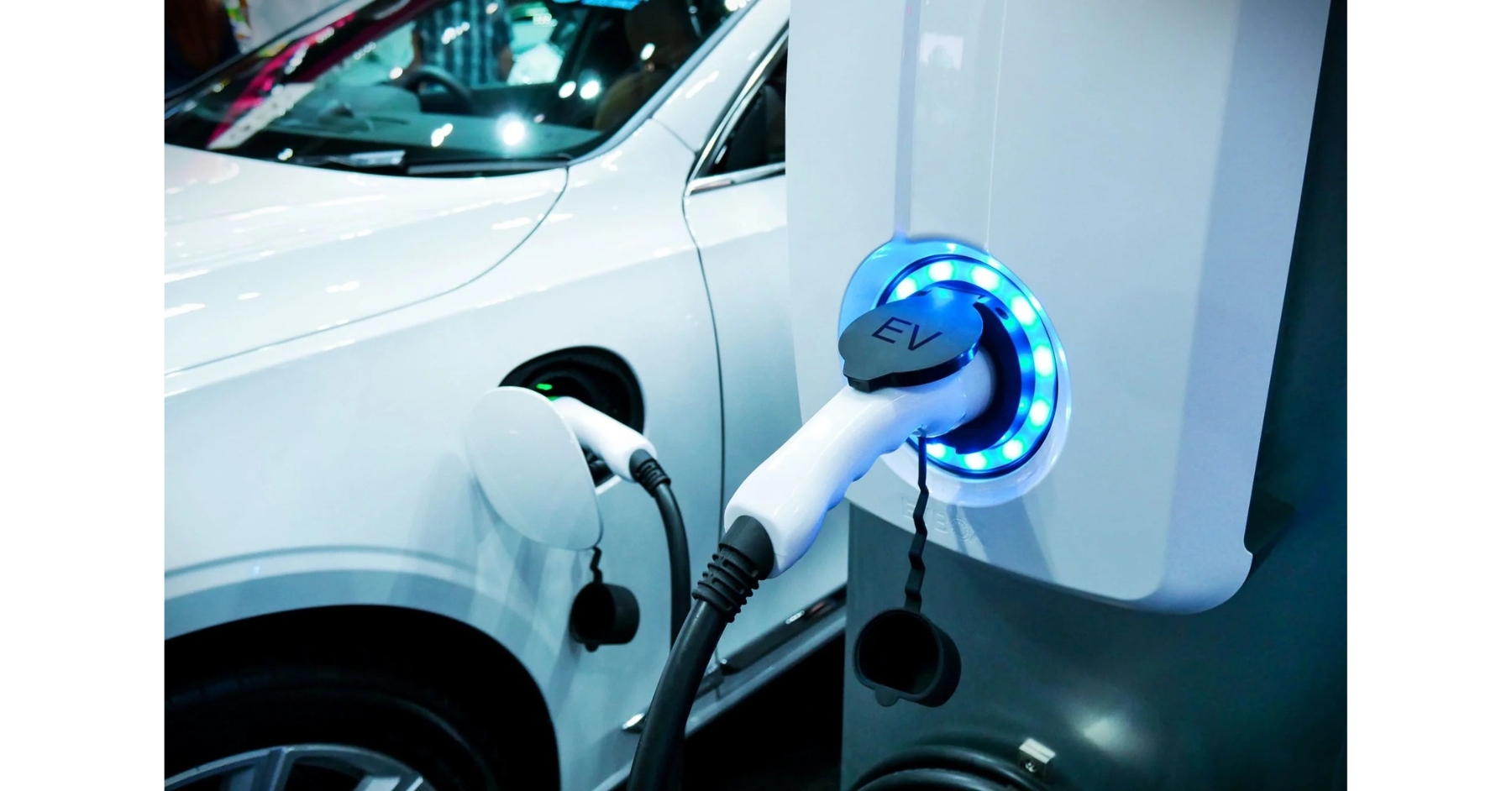A whopping 16 to 20 million electric vehicles (EVs) are forecast to be on our roads by 2035 (that equates to around 50% of all cars!).
This increase in EV adoption is mostly due to the UK’s Road to Zero scheme, which aims to support the country’s transition to zero-emission road transport by banning the sale of new petrol and diesel cars by 2030 — encouraging the uptake of electric alternatives in their place.
But there’s a long road ahead of us before we’re ready for EVs to go really mainstream.
Whilst there are many charging units for sale in the UK, allowing drivers to ‘refuel’ via the mains, there currently aren’t enough public EV charging points that can ensure EV drivers can top up as quickly and conveniently as owners of traditional vehicles can — putting the brakes on market growth (and the sustainability perks that come with it).
The government has been keen to address the shortage of EV charging points, introducing various new funding schemes and regulations that councils and authorities must abide by during the development of new housing estates, as well as shops, offices and buildings in and around town and city centres.
As with all great infrastructure, engineering and design are at the forefront of the solution. So, if you’re planning on submitting a proposal for a new residential or commercial development this year, there are a few things to keep in mind to ensure your EV charger installations are right on the money.
Here are seven key considerations for including charging points in your plans — and how working with a great design team can help you cover them…
1. MEET NEW REGULATIONS
The UK government’s EV infrastructure strategy sets out a long list of requirements (so long we couldn’t possibly cover it all now) to help the country meet its goal of having 300,000 public EV charging points by 2030.
One key regulation is that every new-build home with residential parking must have a charge point. Every residential building undergoing a major renovation with more than 10 car parking spaces must also have cable routes for EV charging points in every space.
2. CHOOSE THE RIGHT LOCATION
Councils, local authorities and developers need to place EV charging points in conveniently located public places (good examples include nearby motorways and retail parks) to allow drivers to recharge and complete long journeys.
It’s also worth noting that the bottom of the country is currently getting more public EV infrastructure than the top, and there’s pressure on local authorities to coordinate provisions to balance this, which might lead to stricter rules if you’ve got a commercial project in the North. Just a heads up!
3. SQUEEZE THEM ALL IN
Positioning rules can make it hard to decide how to best use the space at your development site, especially when it’s already limited. For instance, the Town and Country Planning Order 2011 says EV charging points can’t be installed in off-street parking areas if they’re within 2 m of the highway and the bollards are more than 2.3 m tall.
You’ll also need to think about reserving some space for disabled parking bays on commercial premises. The BS 8300 Code of Practice recommends disabled spaces should make up 5% of the total visitor parking capacity (with 4% consisting of enlarged standard spaces). So, getting the right balance whilst optimising space can be tricky!
4. KEEP THINGS SUSTAINABLE
Given that one of the main selling points of EVs is that they’re eco-friendly, it would be a bit counterproductive if their charging points weren’t. So, how do you keep these sites green?
We recommend using recycled plastics to house wall-mounted chargers and storing charging elements within a below-ground node box, where they’ll be protected from outside damage and last longer! Just a couple of examples…
5. DON’T BREAK THE BANK
There’s no denying that turning the UK into an EV charging point hotspot is an expensive task, especially given the ambitious numbers we’ve got to meet this decade.
But investing in durable, high-quality chargers designed to stand the test of time with the latest hardware technology will help reduce maintenance and replacement costs further down the line — saving you money!
6. MINIMISE LIGHTING IMPACT
EV charging points need to be lit around the clock to ensure drivers can approach them safely. So, to make sure councils and authorities can afford this, it’s important to use innovative solutions like LED lights in charging points.
LEDs offer exceptional energy efficiency, low emissions, a long lifespan and minimal maintenance at a super-low cost. Combine them with adaptive lighting profiles or use them alongside ambient-light-detecting sensors connected to DMX or DALI systems to satisfy site requirements and avoid wasting energy.
7. GET THE GREEN LIGHT
Finally, our top tip for achieving the best results (and securing planning approval) for projects with EV charge points? Get a lighting impact assessment!
A good lighting impact assessment will use baseline lighting surveys and desktop studies to deduce how much light is needed and whom it might affect — telling you precisely which precautions you need to take to succeed. They’re basically the backbone of every good lighting design strategy…
DFL has the lighting design expertise to provide the best lighting solutions for EV charge point installations. Contact us at +44 (0)1962 855090 or email info@dfl-uk.com to find out how we can help with your project through our lighting impact assessments and consulting services.























